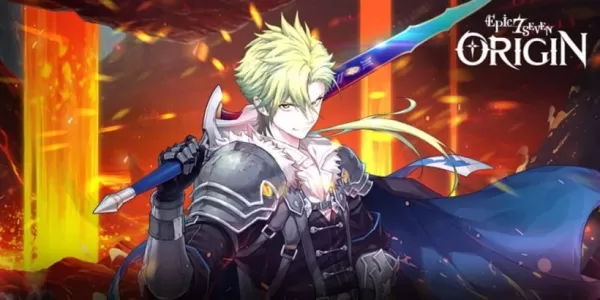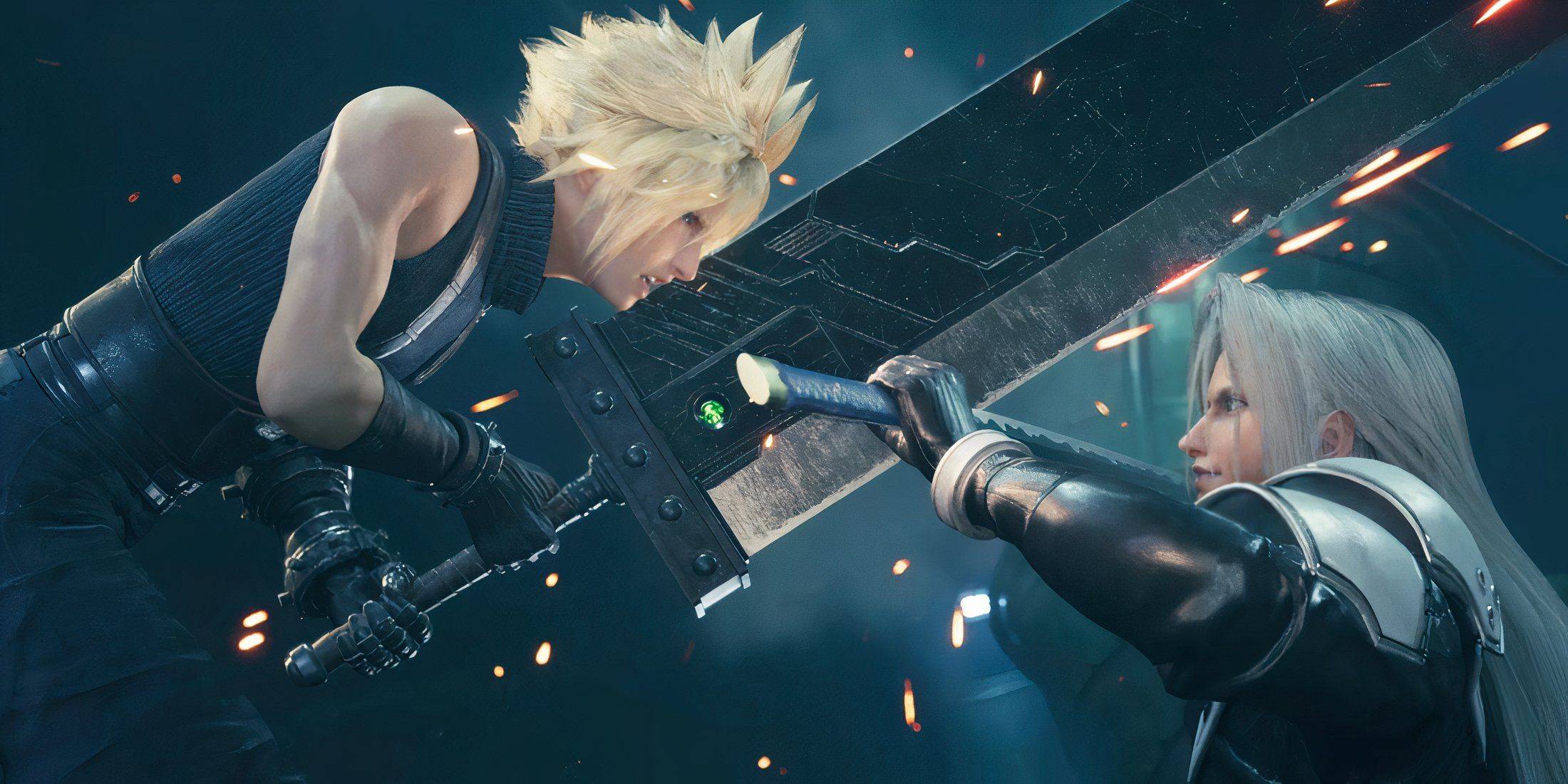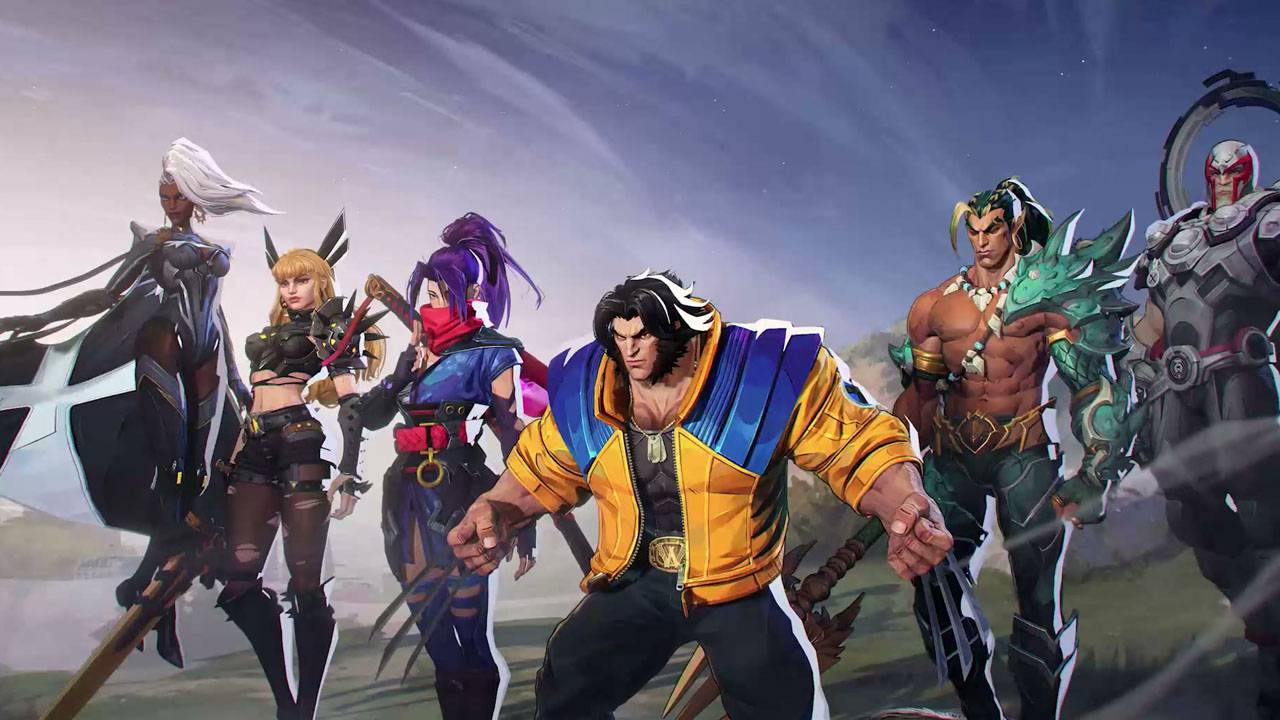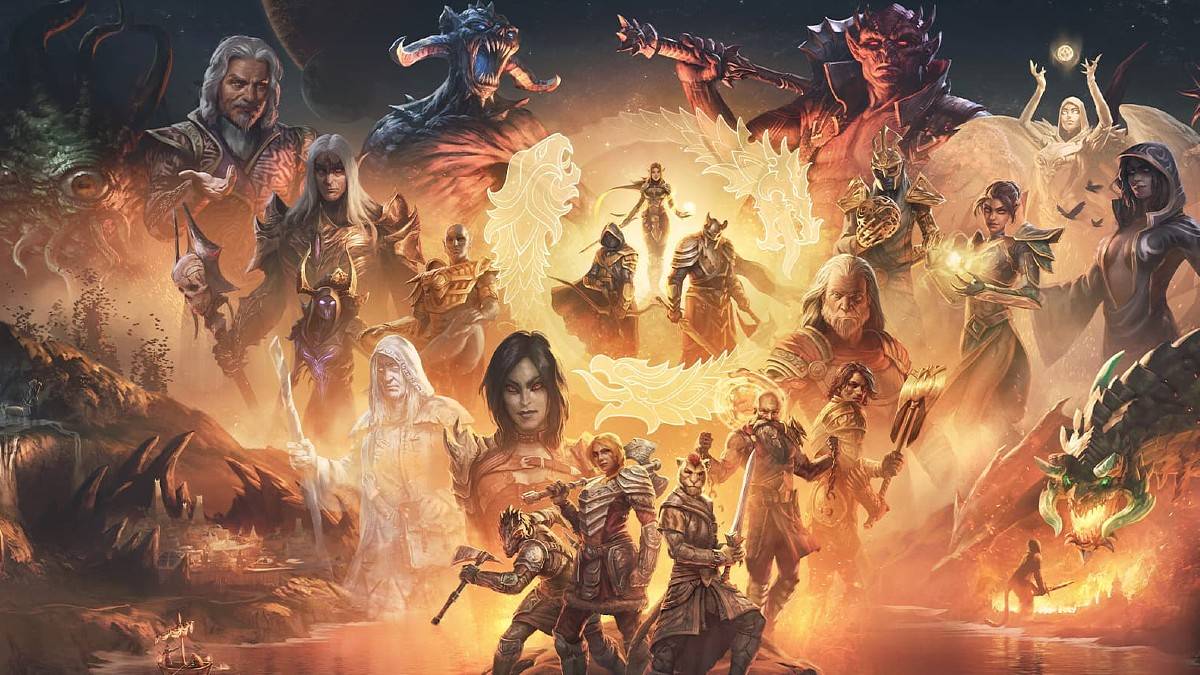Monster Hunter is celebrated for its diverse weapon types and engaging gameplay, but did you know that there are even more weapons that haven't made it into the newer games? Let's dive into the history of Monster Hunter weapons and explore the evolution of some of the most iconic tools at a hunter's disposal.
← Return to Monster Hunter Wilds' main article
History of Weapon Types in Monster Hunter

Monster Hunter has been captivating players for over two decades since its debut in 2004. One of its hallmarks is the variety of weapon types available, with Monster Hunter Wilds featuring fourteen distinct options. Each weapon comes with its own strengths, weaknesses, movesets, and mechanics that players must master. As the series has evolved, so have the weapons, with significant changes and additions over time. Additionally, there are weapons from older games that have yet to be released in the West. Let's explore the journey of these crucial tools in the Monster Hunter universe.
First Generation
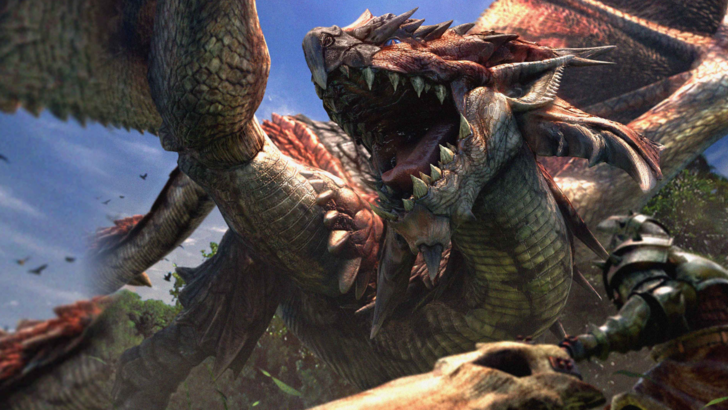
The first generation introduced the foundational weapons that have since become staples of the series. These original weapons have evolved significantly over time, with updated movesets and mechanics.
Great Sword

The Great Sword, iconic since the first game in 2004, is known for its high damage output, albeit at the cost of slow movement and attack speed. Initially focused on hit-and-run tactics, the Great Sword gained its signature Charged Slash in Monster Hunter 2, revolutionizing its gameplay. Subsequent games refined this mechanic, introducing new finishers and enhancing the weapon's combo flow. The shoulder tackle in Monster Hunter World, for instance, allowed for quicker access to charged attacks. The Great Sword remains a weapon with a low skill floor but a high skill ceiling, rewarding players who can maximize damage within tight windows.
Sword and Shield
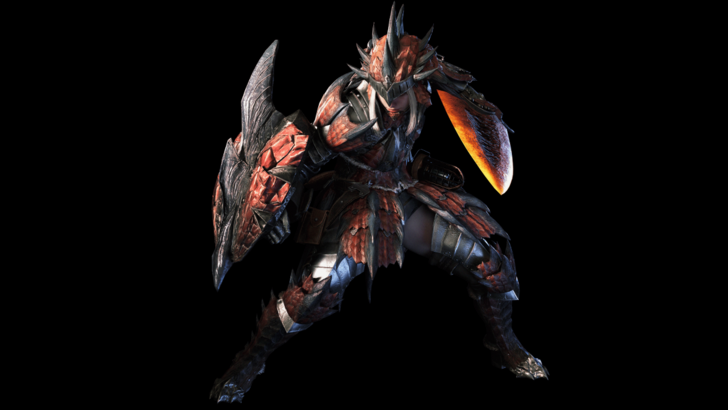
The Sword and Shield is known for its versatility, offering balanced damage with quick combos, mobility, and the ability to block. Initially seen as a beginner's weapon, it has evolved significantly over the series. Monster Hunter 2 introduced the ability to use items without sheathing the weapon, enhancing its utility. Later iterations added shield bash combos, backstep and jumping attacks, and the Perfect Rush combo, turning it into a jack-of-all-trades weapon. Despite its simple appearance, the Sword and Shield offers depth and complexity once mastered.
Hammer
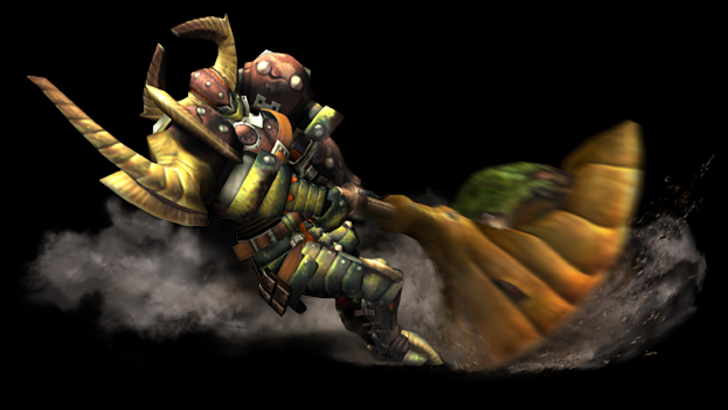
The Hammer, focused on blunt damage, is renowned for its ability to stun monsters with repeated head strikes. Its playstyle, similar to the Great Sword's hit-and-run approach, features surprising mobility and a unique charge mechanic that allows movement while charging. Significant changes came with Monster Hunter World and Rise, introducing the Big Bang and Spinning Bludgeon attacks, as well as dual modes—Strength and Courage—that alter charge effects. Mastering the Hammer involves learning to switch modes and maintain charge effectively, aiming to knock out monsters swiftly for maximum damage.
Lance
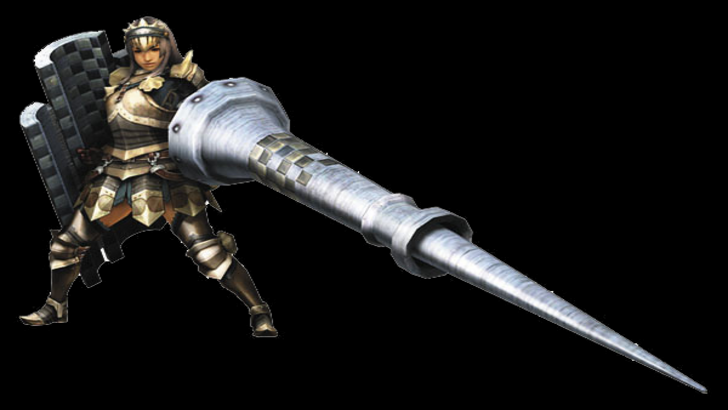
The Lance embodies the principle that a strong defense is a great offense. With its long reach and large shield, it excels at blocking attacks and delivering consistent damage. Its playstyle resembles that of an outboxer, focusing on safe, ranged pokes and counterattacks. While often seen as less flashy, the Lance's unique design rewards players for standing their ground, turning them into formidable tanks on the battlefield.
Light Bowgun
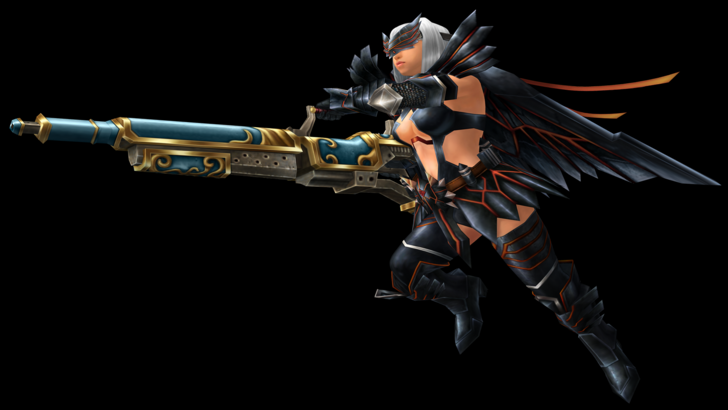
The Light Bowgun, introduced in the first generation, is a mobile ranged weapon with faster reloads and the ability to customize with various attachments. Though less powerful than its heavier counterpart, its Rapid Fire capability and the introduction of the Critical Distance mechanic in Monster Hunter 4 added depth to its gameplay. Monster Hunter World's Wyvernblast further enhanced its mobility and offensive options, distinguishing it from the Heavy Bowgun.
Heavy Bowgun
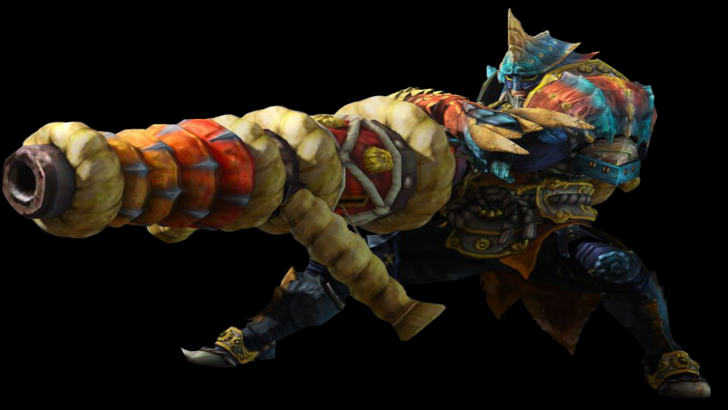
The Heavy Bowgun, also from the first generation, offers high damage and access to special ammunition, but at the cost of mobility. Its flexibility in ammunition types and customization options, including a shield for defense, makes it a powerful artillery weapon. Monster Hunter 3 introduced Siege Mode, and later games added unique special ammo types like Wyvernheart and Wyvernsnipe, enhancing its strategic depth.
Dual Blades
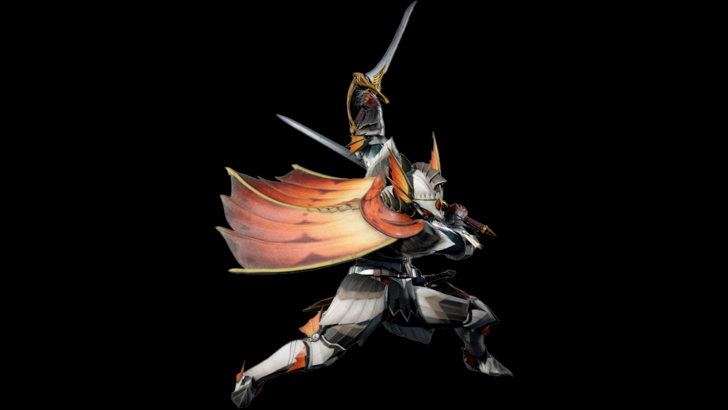
The Dual Blades, known for their speed and ability to inflict status ailments, were introduced in the Western release of the first game. Focused on rapid, fluid combos, they excel in dealing death by a thousand cuts. Demon Mode, introduced early on, boosts damage and adds offensive maneuvers, while the Demon Gauge in later games allowed access to Archdemon Mode, enhancing the weapon's potential without stamina drain. The Demon Dash, a unique movement tool, further distinguishes the Dual Blades.
Second Generation
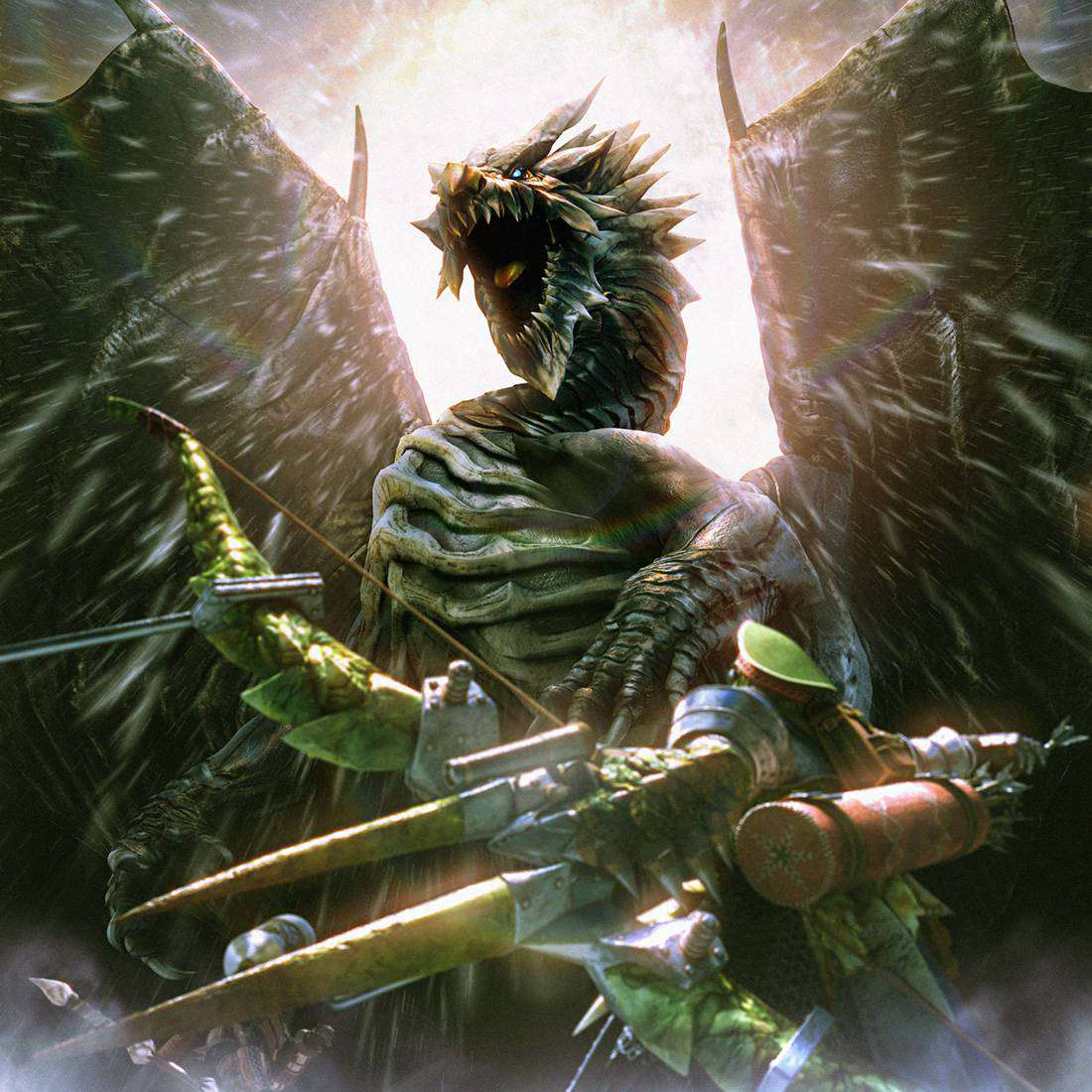
The second generation expanded the weapon roster with new types that, while similar to their predecessors, offered distinct movesets and mechanics.
Long Sword
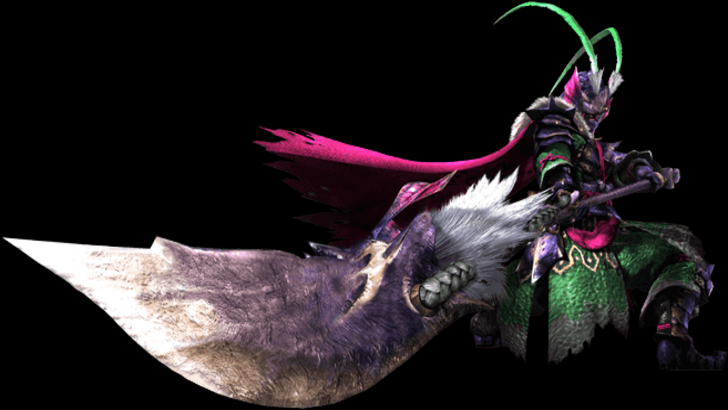
The Long Sword, introduced in Monster Hunter 2, is known for its fluid combos and high mobility, despite lacking a blocking ability. Its core mechanic, the Spirit Gauge, fills with successful attacks, granting access to powerful Spirit Combos. Monster Hunter 3 added new levels to the Spirit Gauge and the Spirit Roundslash finisher, while Monster Hunter World introduced the Foresight Slash for parrying and the Spirit Thrust Helm Breaker. The Iai Stance in Iceborne further enhanced its counter-based gameplay, making the Long Sword a dynamic and rewarding weapon to master.
Hunting Horn
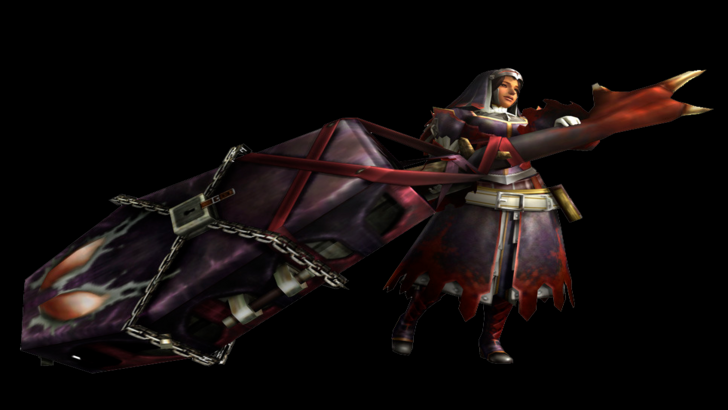
The Hunting Horn, a support weapon from Monster Hunter 2, uses Recitals to play songs that provide various buffs. While dealing impact damage like the Hammer, it offers weaker damage in exchange for its supportive effects. Over time, improvements to the Recital mechanic allowed for more fluid transitions between attacking and supporting. Monster Hunter World introduced song queuing and Echo Notes, while Monster Hunter Rise overhauled the system for simplicity, sparking debate among fans about its intricacy versus accessibility.
Gunlance

The Gunlance, introduced in the second generation, combines the Lance's defensive capabilities with explosive shelling. Its unique Shelling Abilities and the Wyvern's Fire finisher set it apart. Monster Hunter 3 added quick reloads and Full Burst attacks, while Monster Hunter X introduced the Heat Gauge to balance damage output. Monster Hunter World's Wyrmstake Shot further enhanced its aggressive playstyle, making the Gunlance a balanced and dynamic weapon.
Bow
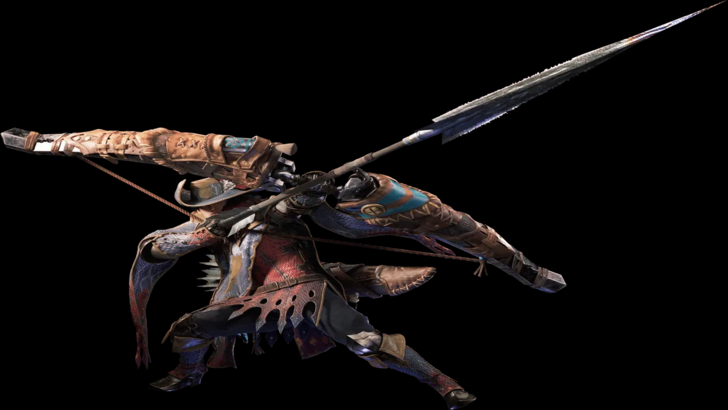
The Bow, introduced in Monster Hunter 2, is the most agile ranged weapon, focusing on close-to-mid-range combat with fluid combos and chargeable attacks. Its use of Coatings for enhanced effects and the introduction of the Close-Range Coating in Monster Hunter World added versatility. Monster Hunter Rise reintroduced Shot Types tied to charge levels, maintaining the Bow's aggressive and combo-heavy playstyle.
Third and Fourth Generation
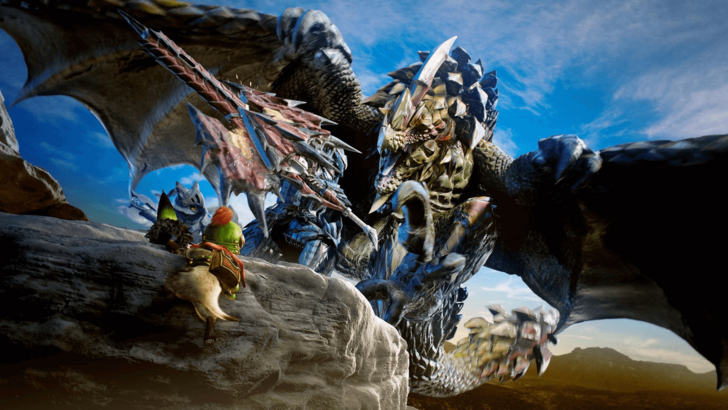
The third and fourth generations introduced weapons with unique mechanics, including transforming and aerial capabilities.
Switch Axe
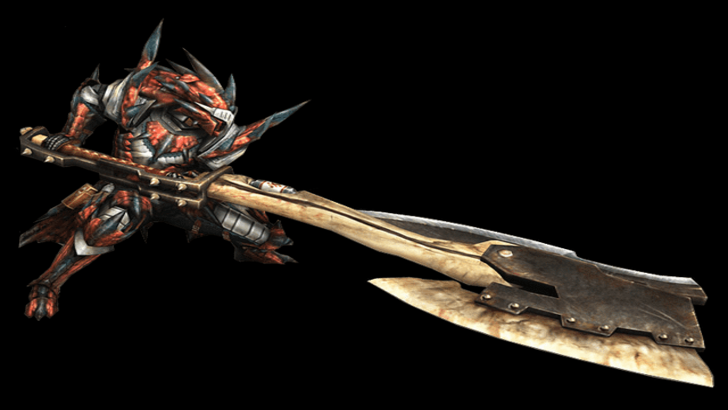
The Switch Axe, introduced in Monster Hunter 3, features two modes: Axe Mode for mobility and range, and Sword Mode for higher damage and the Elemental Discharge finisher. The Amped state in Monster Hunter World and the enhanced Amped state in Rise added depth to its morphing gameplay, encouraging players to switch forms strategically to maximize damage.
Insect Glaive
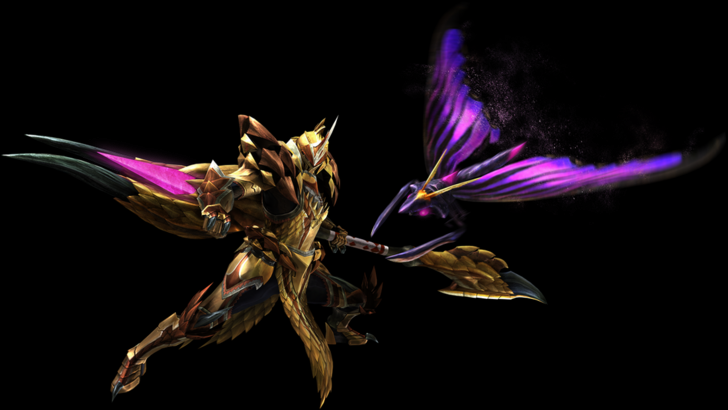
The Insect Glaive, introduced in Monster Hunter 4, excels in aerial combat with its Kinsect, which collects essences to grant buffs. Mastering the collection of red, white, and orange essences is key to maximizing the weapon's potential. While its core gameplay has remained consistent, Monster Hunter World: Iceborne added the Descending Thrust finisher, and Monster Hunter Rise simplified its upgrade system, making it more accessible to new players.
Charge Blade
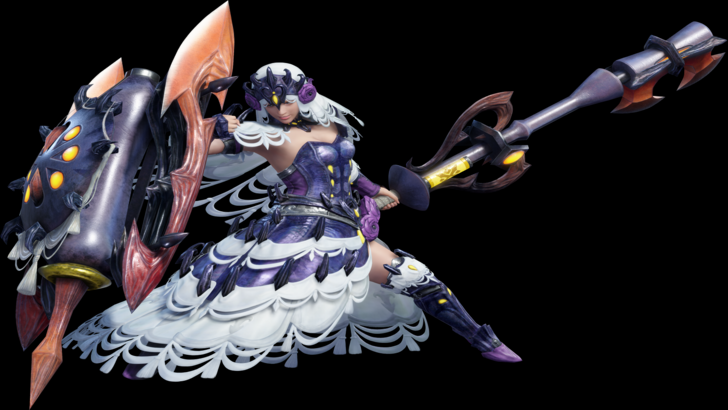
The Charge Blade, also introduced in Monster Hunter 4, is a versatile weapon with Sword Mode for charging phials and Axe Mode for unleashing them via Amped Elemental Discharge. Known for its complexity and rewarding finishers, the Charge Blade requires mastering Guard Points and mode transitions to fully utilize its potential. Its balanced offense and mechanical depth make it a challenging yet rewarding weapon to master.
Will There Be More?
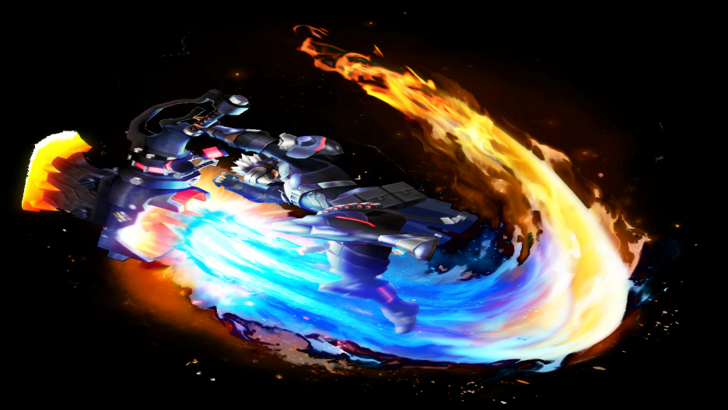
While Monster Hunter Wilds will feature the fourteen weapons listed, there are more weapons from the series' history that have yet to be released in the West. Given the series' longevity, it's likely that future games will introduce new weapons or bring back older ones. As a fan, I look forward to seeing how the series continues to expand its arsenal, even if I stick to my trusty Sword and Shield.
You may also like...






